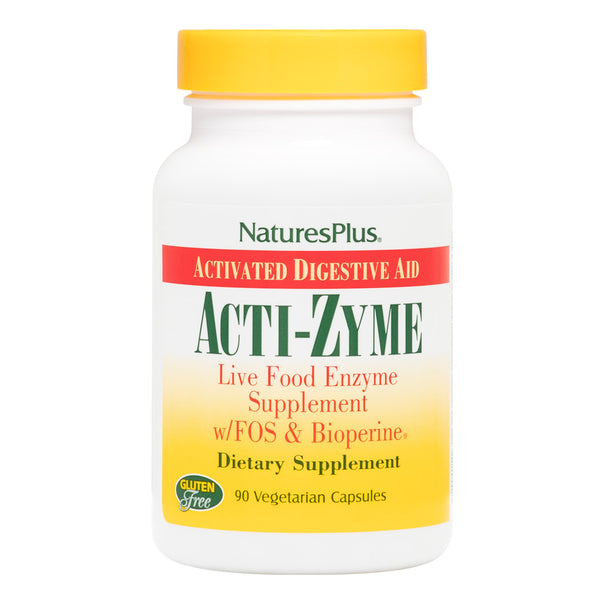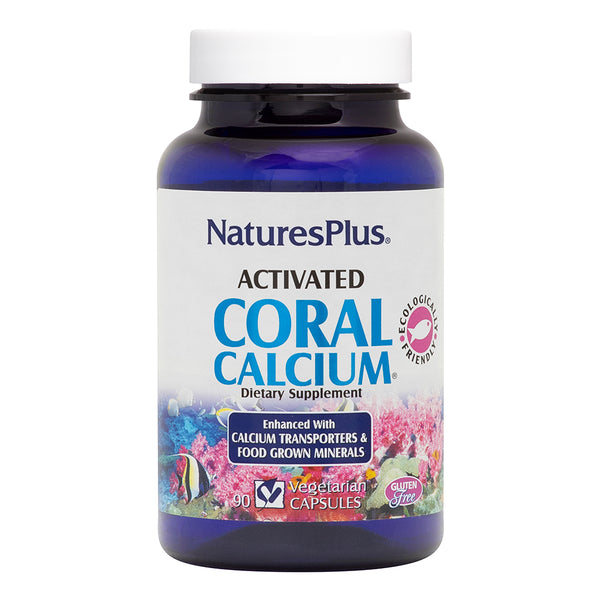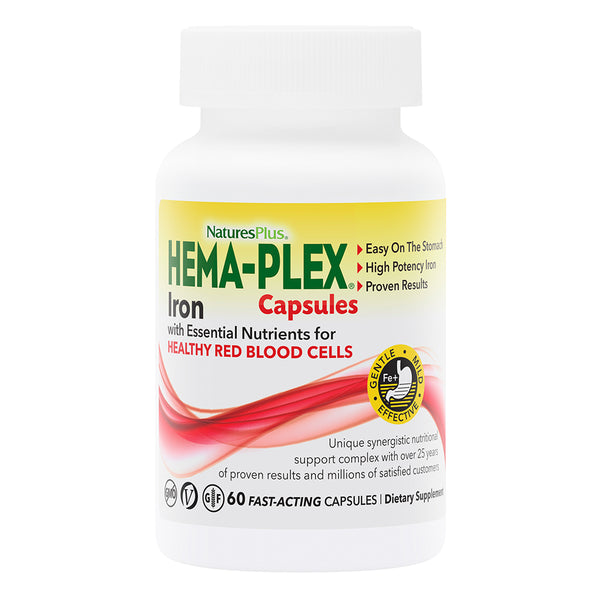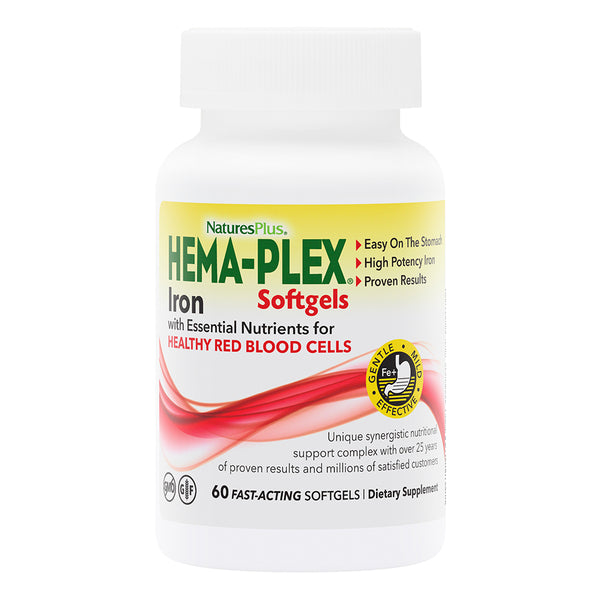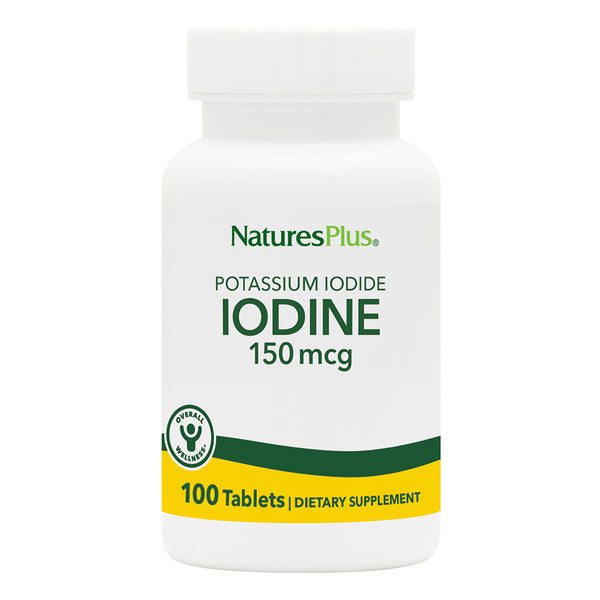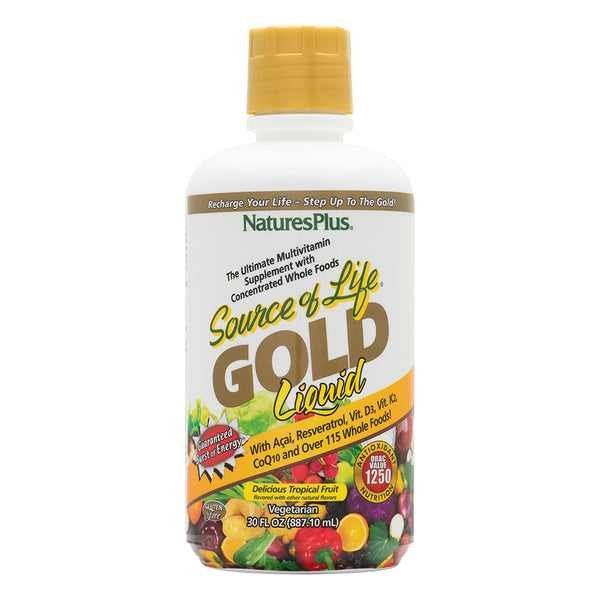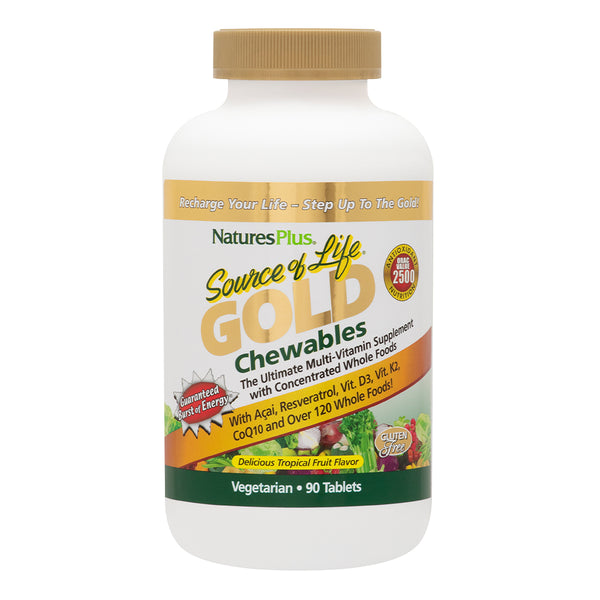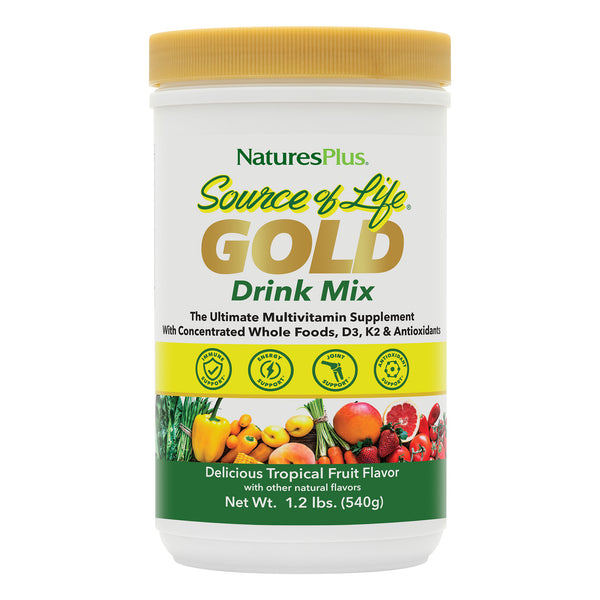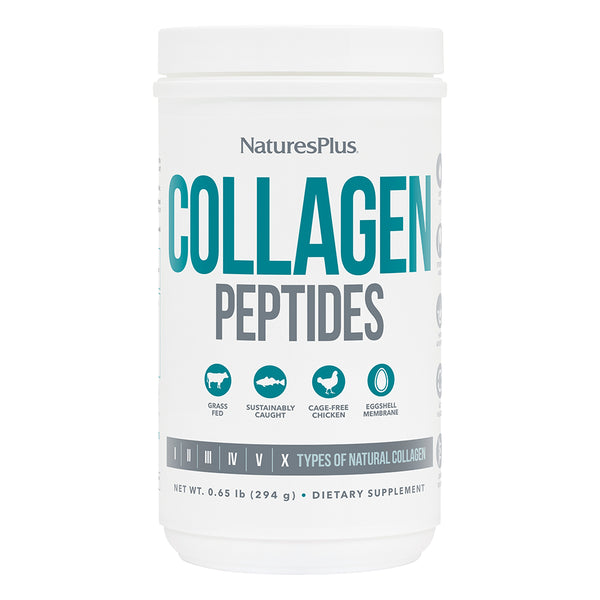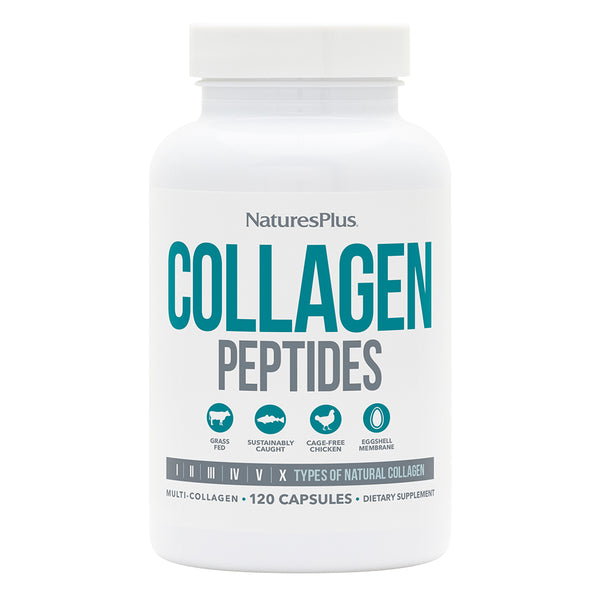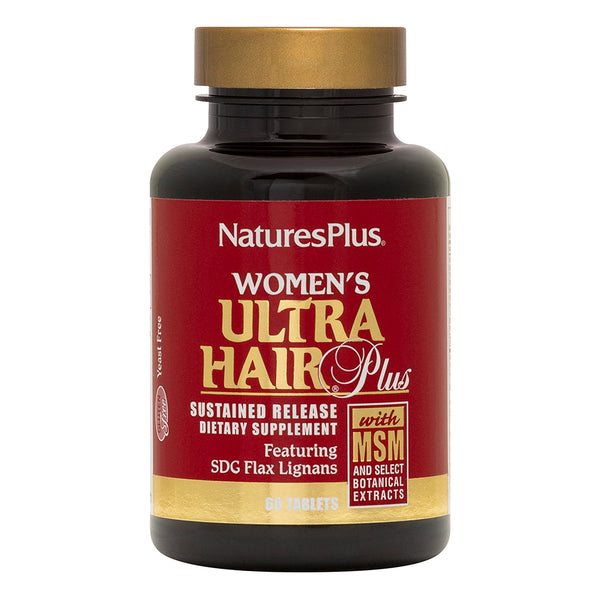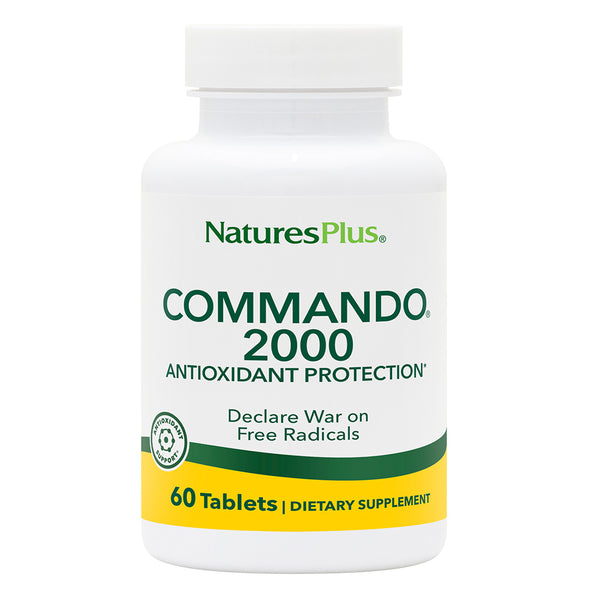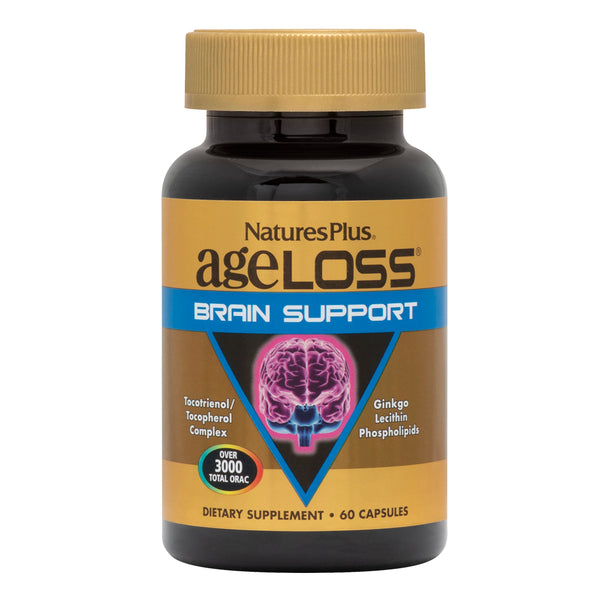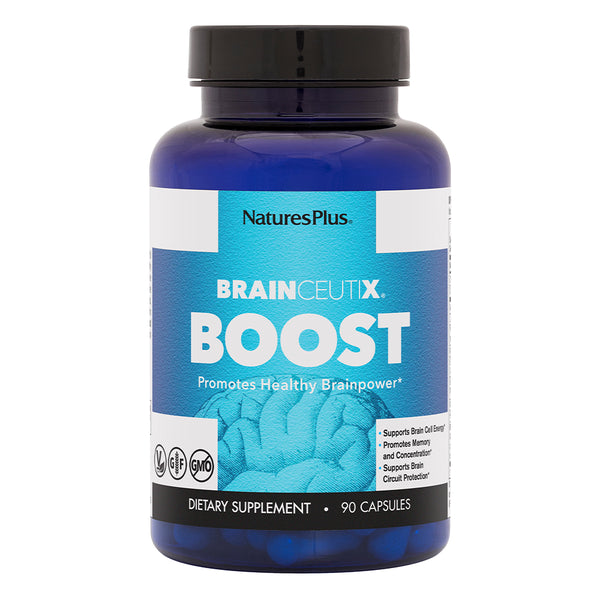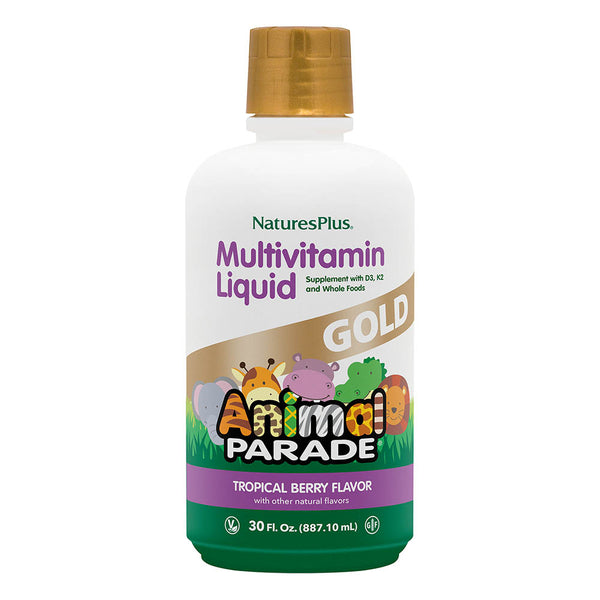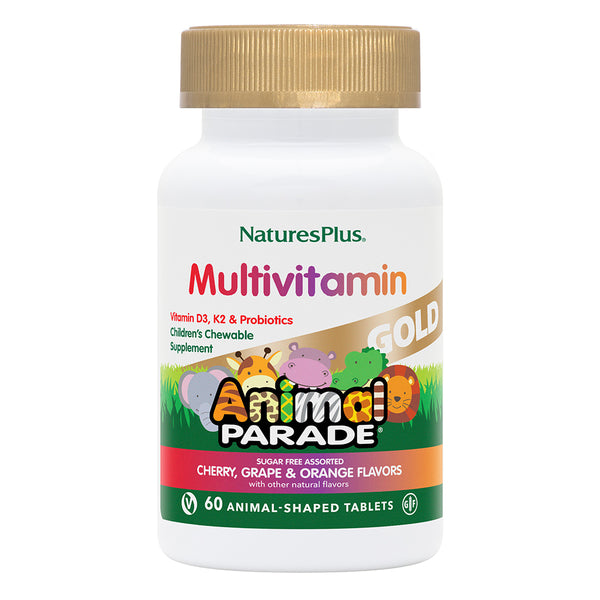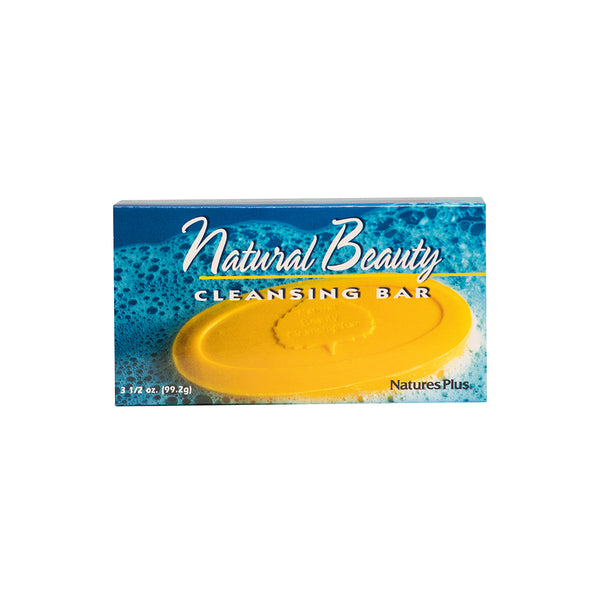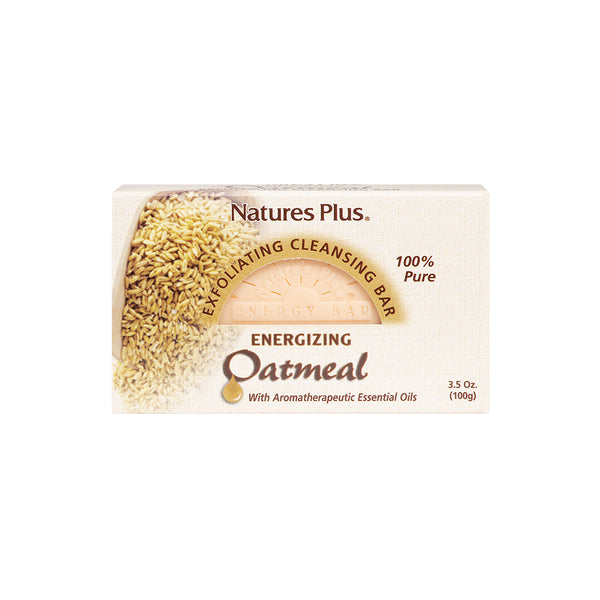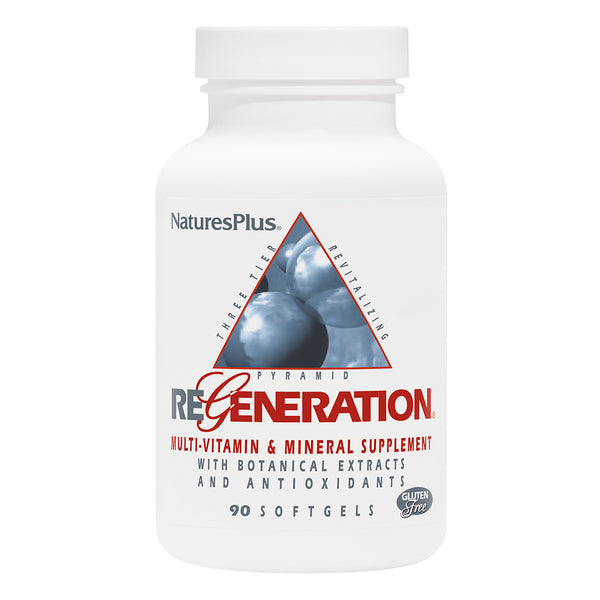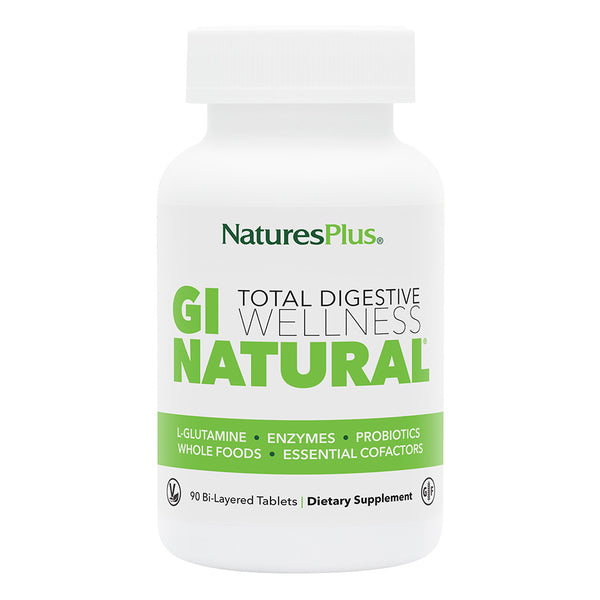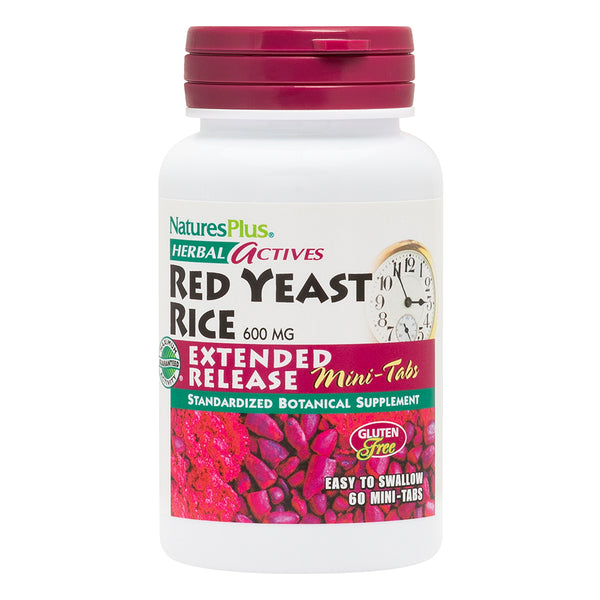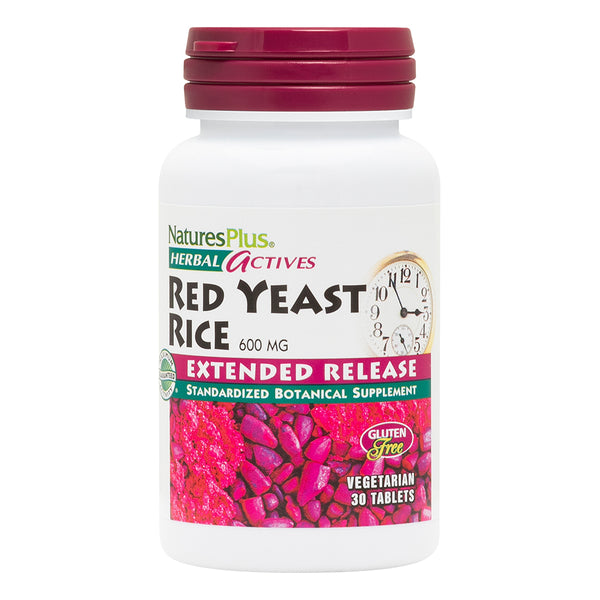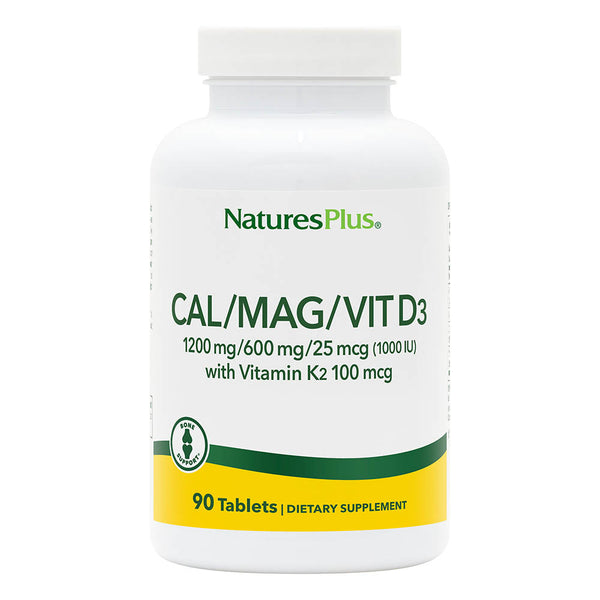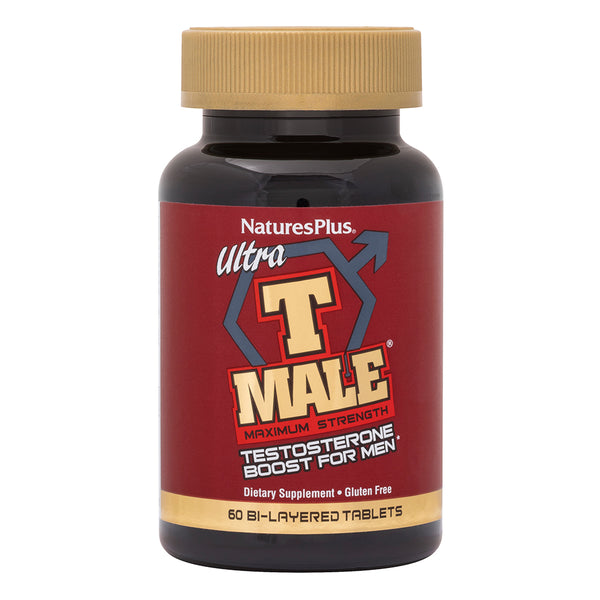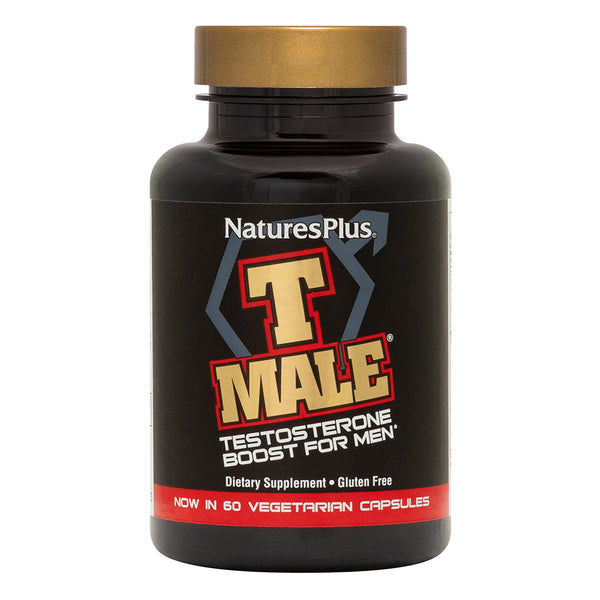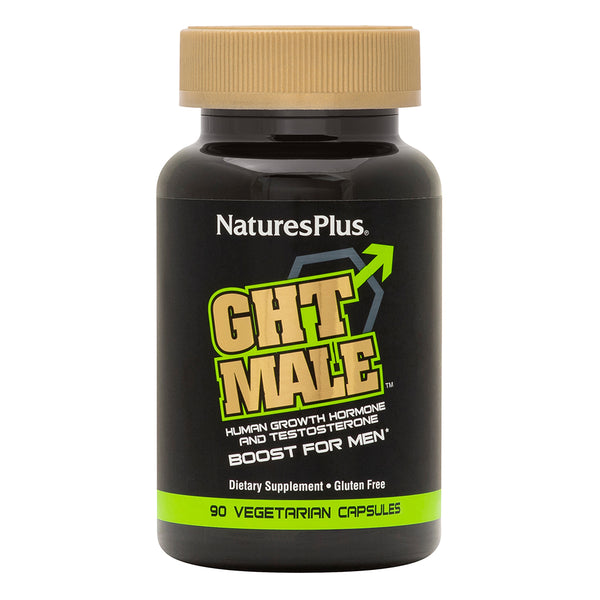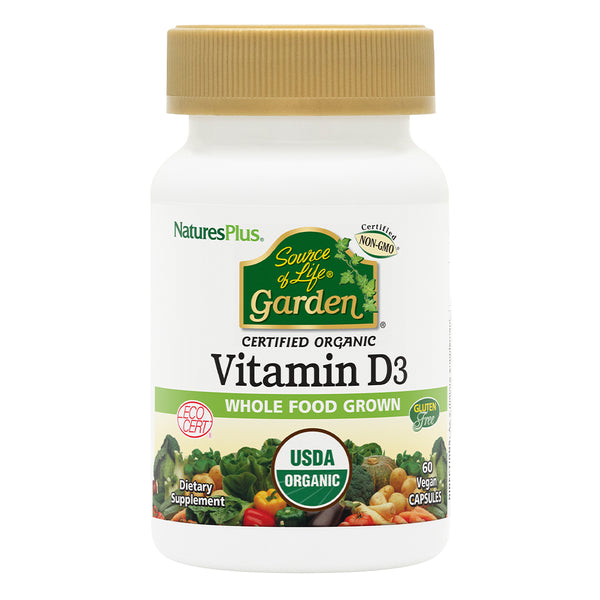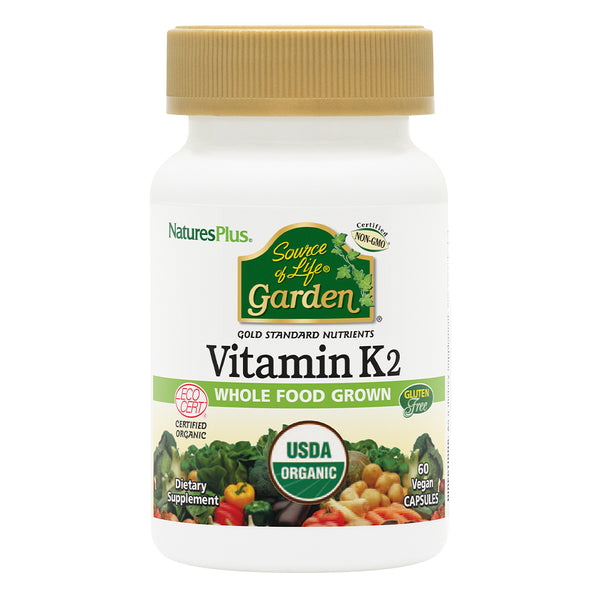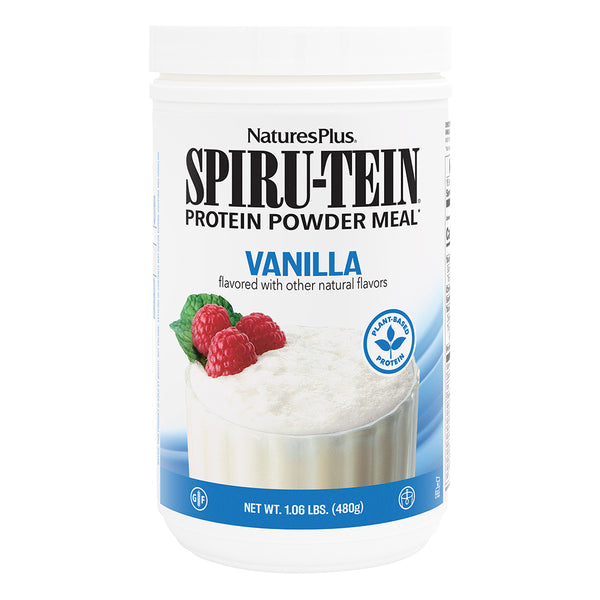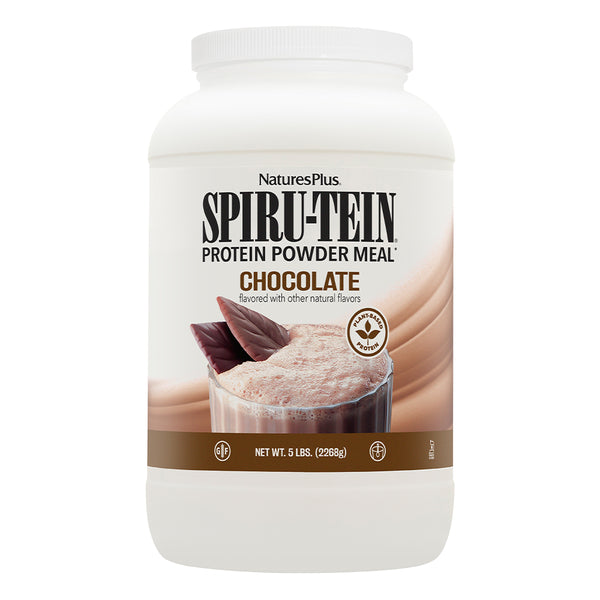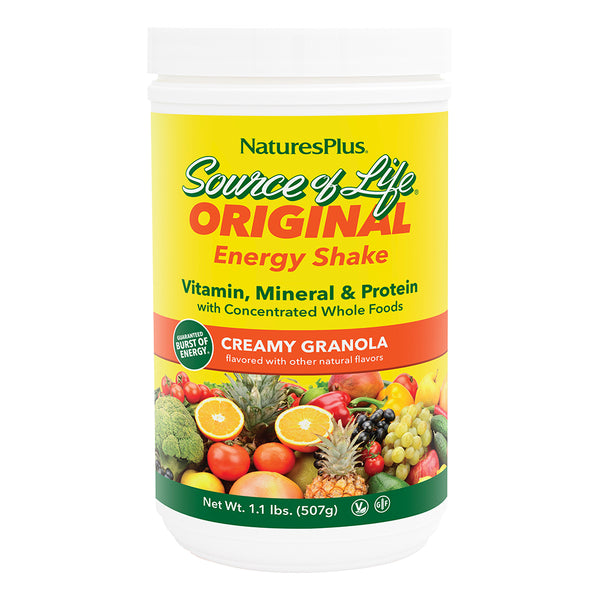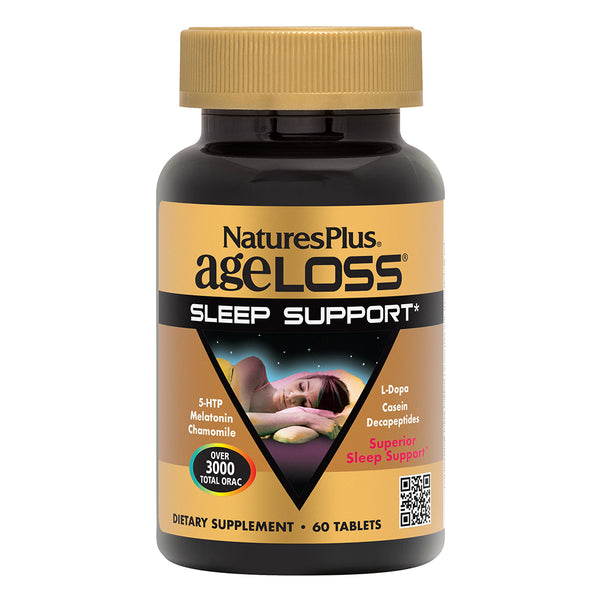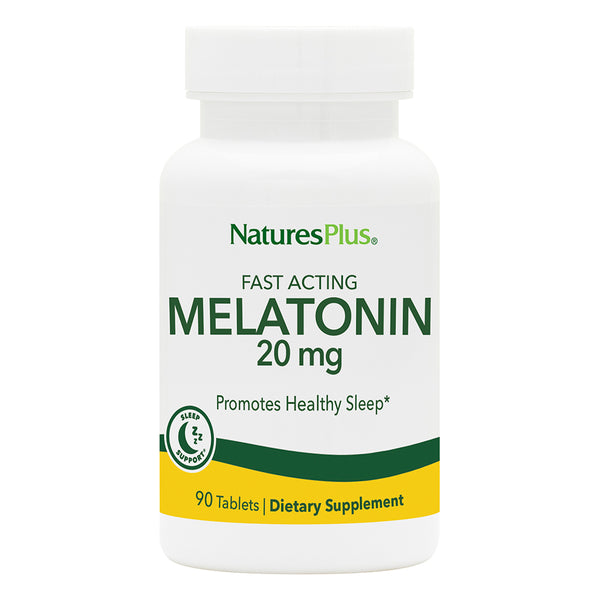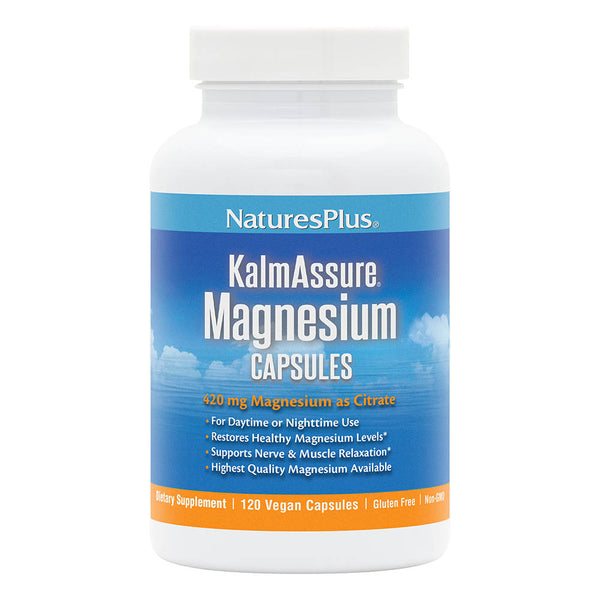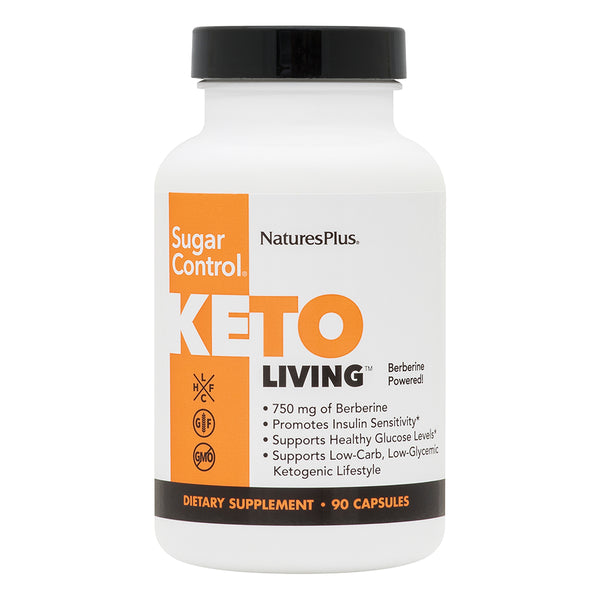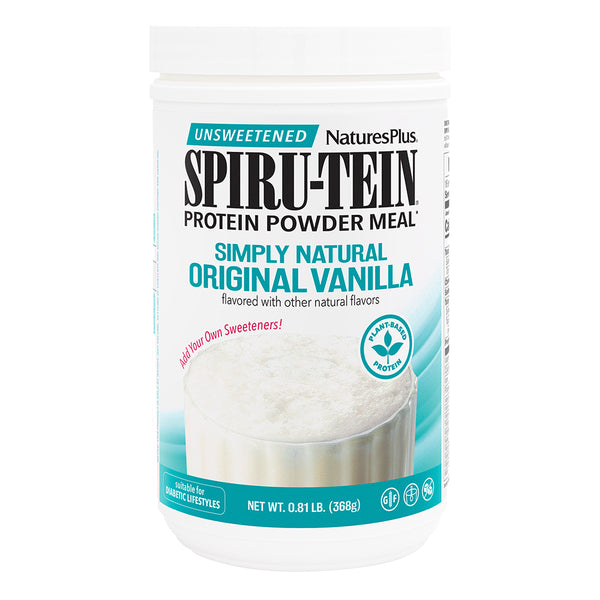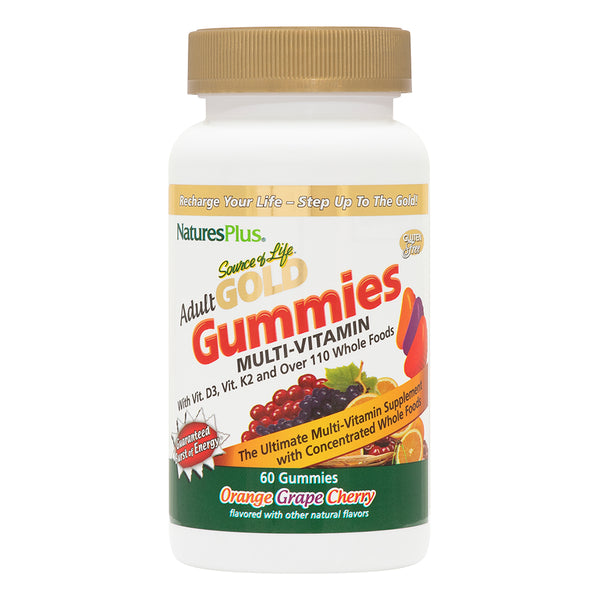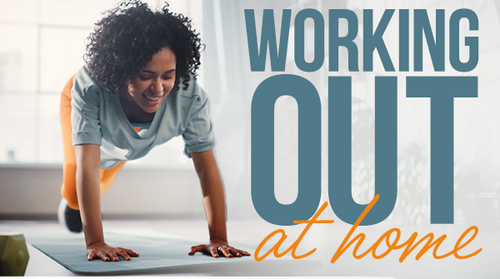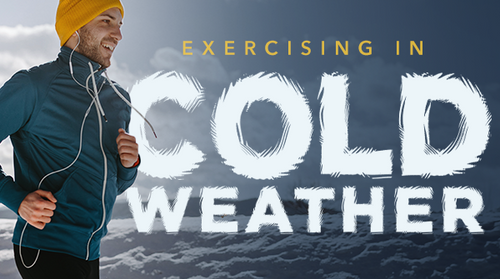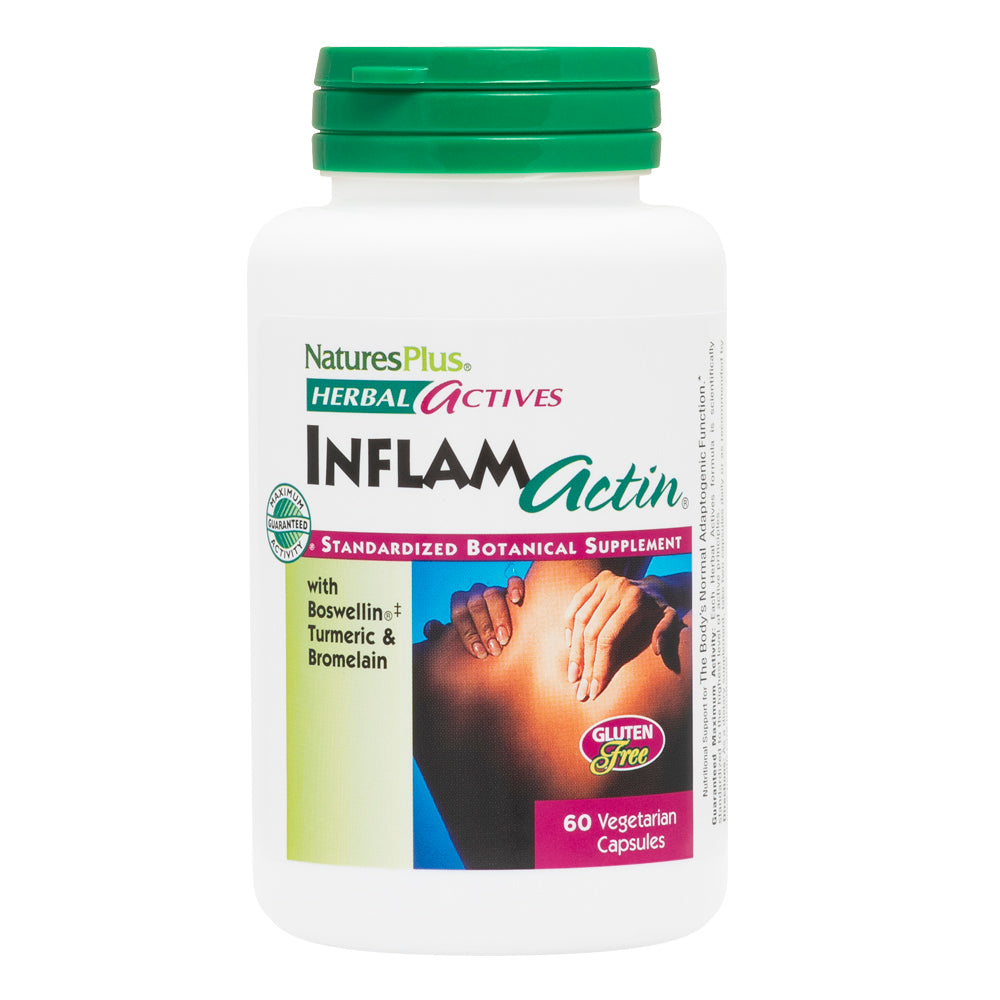You know you need to keep moving, but that can be a challenge when activity causes achiness. Here's how to reduce discomfort so you can get the most out of your workouts.
1. Warm Up
Do you really need to warm up before exercising? Yes, you really do.
“Not properly warming up is probably the biggest reason people are in pain when they exercise,” says physical therapist Jason Barone, PT, DPT. He recommends taking between five and ten minutes to do a dynamic warmup before you start a session; think lunges with an upper-body twist, bodyweight squats or a light walk.
Warming up can improve range of motion and blood flow to your muscles and joints, decreasing discomfort. Plus, you’ll activate the muscles that you’ll use during your workout, which will make your workout more effective.
2. Keep It Slow and Steady
It’s tempting to lift a lot of weight right off the bat. After all, we all want to see results right now!However, whether it’s running too far or too fast, or using weights that are too heavy, that extra effort may be more than your body is conditioned to handle.
“When this happens, the body does not have an opportunity to move with the appropriate mechanics, and as you become fatigued. The forces are too great to handle. As a result, the body compensates in various ways to achieve what is being asked of it, and injury occurs soon after,” says physical therapist Klaus Dobra, PT, DPT, CSCS.
Instead, start simple and don’t rush things. Take the time to learn proper movement patterns and form, especially when it comes to strength training.
As you build your fitness base, gradually increase the intensity and/or length of your workouts from there.
“It’s always easier to add something on,” notes Barone. He also recommends having a concrete plan for each workout and keeping an exercise journal, which can let you see your progression and spot areas that need adjustment.
3. Get an Expert Opinion
The biggest reason people hurt themselves when they exercise? Improper form and technique.
If you don’t pay attention to what you’re doing, you may “pull your body out of alignment so the force generated by what you’re doing isn’t being distributed optimally throughout the body,” says personal trainer Pete McCall, CPT. That can lead to pain and discomfort.
If you’re new to exercise, especially strength training, or unfamiliar with the moves prescribed in an exercise program you’re doing, work with a pro.
Apersonal trainer can introduce you to different kinds of exercises and make sure you’re doing them correctly. And now many trainers will conduct virtual sessions, which keeps everyone safe.
It doesn’t have to be a long-term commitment: “Five to ten sessions can really put you in the right direction,” says McCall. Once you find a trainer, talk to that person about what you want to accomplish.
4. Strengthen Your Core
You know that it’s important to train your core. In fact, it could be the key to exercising pain-free.
“The core is the center of force production and absorption in the body. With the correct strength and ability to activate with activity, the core can absorb forces that would otherwise be absorbed by more injury-prone structures,” explains Dobra. By using your core “to initiate and generate movement, you can do more and, potentially, damage less.”
But we’re not talking about just crunches or sculpting six-pack abs.
Dobra says to concentrate on exercises that help stabilize the spine so that your body can move efficiently and with ease. That includes movements like planks, side planks and bird-dogs; also incorporate back extension exercises like supermans into your routine.
5. Mix It Up
You can have too much of a good thing: Doing the same workout day-in and day-out can cause your muscles to become overworked and tight. That, in turn, will cause them to fire less efficiently, which can eventually lead to pain.
So don’t be afraid to shake things up. If you love running, try strength training or lower-impact activities like yoga a couple times of week. Always hit the weights? Do a session of bodyweight exercises.
You’ll see fitness gains. “When you push yourself harder or differently than you’re used to, your body makes adaptations,” says McCall, What’s more, engaging in different types of exercise gives your brain a boost. As McCall puts it, “Your brain works differently. You’re rewiring your motor patterns.”
6. Take a Break
If you still feel nagging aches and pain when you work out, it may be time for a break.
In fact, rest is what builds muscle. It works like this: Exercise causes micro-tears in your muscles, while rest days (plus sleep and good nutrition) gives your body time and fuel to repair the damage and grow stronger. When you step back from your workout routine, you may come back feeling fresher and fitter than before.
There’s a difference between effort and pain. “You don’t want to stop at the first hint of discomfort. Your muscles may burn and you may be sore the next day,” says Barone. However, “if you have sharp, stabbing pain, stop. It’s better to be proactive than reactive.”
7. Prehab
While most of us don’t think about physical therapy until we’re actually hurt or in pain, prehab may be one of the best ways to side-step injury and nagging aches before you’re sidelined.
Short for “prehabilitation,” prehab routines shore up imbalances and weaknesses in your body that may flare up and cause bigger problems down the road. Think of it as a regular tune-up and maintenance for your body so you can avoid major repairs later on.
McCalls says prehab routines can include basic movements like glute bridges and planks, which help to realign the entire body and strengthen stabilizing muscles around your joints and spine. Plus, they can help to improve your body’s range of motion and mobility, which can prevent overloading your joints.
“For example, if your hip loses range of motion, your lumbar spine or knee will try to create that lost range of motion,” says McCall. “If you have good range of motion in your hip, it takes tension off your knee and lumbar spine.”
7. Know the Difference Between Pain and Discomfort†The information provided is not an endorsement of any product, and is intended for educational purposes only. NaturesPlus does not provide medical advice and does not offer diagnosis of any conditions. Current research on this topic is not conclusive and further research may be needed in order to prove the benefits described. The conditions and symptoms described may be indicative of serious health problems, and therefore should be brought to the attention of a qualified healthcare practitioner.
While the idea of "no pain, no gain" is no good, there is a difference between sensations that indicate injury and those that indicate hard work. Being able to differentiate between the two will allow you to get the most out of your efforts without putting yourself at undue risk.
Feeling a burn? Stop for a second; if the sensation goes away, it's just your muscles working away. Feel free to resume.
Does the pain last, or are you getting sharp pains in your joints or do muscles (like your hamstrings) feel like they're about to pull? Ease off.
Pain in your chest? Stop immediately and seek help.
†The information provided is not an endorsement of any product, and is intended for educational purposes only. NaturesPlus does not provide medical advice and does not offer diagnosis of any conditions. Current research on this topic is not conclusive and further research may be needed in order to prove the benefits described. The conditions and symptoms described may be indicative of serious health problems, and therefore should be brought to the attention of a qualified healthcare practitioner.The information provided is not an endorsement of any product, and is intended for educational purposes only. NaturesPlus does not provide medical advice and does not offer diagnosis of any conditions. Current research on this topic is not conclusive and further research may be needed in order to prove the benefits described.
The conditions and symptoms described may be indicative of serious health problems, and therefore should be brought to the attention of a qualified healthcare practitioner.
Like this article? You’ll love our weekly newsletter
sign up here!
**These statements have not been evaluated by the Food and Drug Administration. This product is not intended to diagnose, treat, cure or prevent any disease.

